Home / Albums / Tag Country:Italy 71

 Fascist Militia
Fascist Militia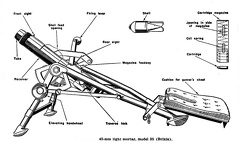 45 mm light mortar
45 mm light mortar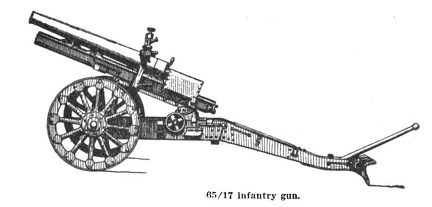 65-17 Infantry gun
65-17 Infantry gun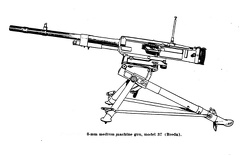 8-mm medium machine gun
8-mm medium machine gun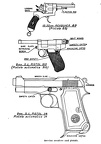 Service Revolver and Pistols
Service Revolver and Pistols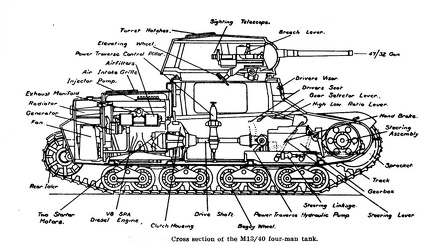 Cross section of the M13-40 four-man tank
Cross section of the M13-40 four-man tank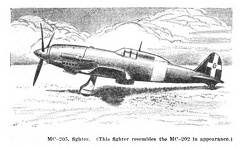 Mc-205, Fighter
Mc-205, Fighter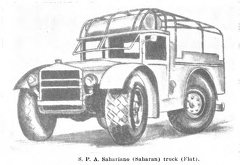 S. P. A. Sahariano truck
S. P. A. Sahariano truck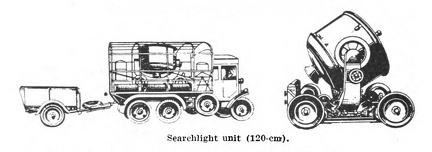 Searchlight unit
Searchlight unit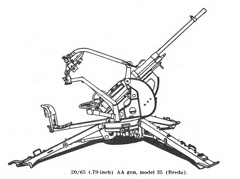 20-65 Anti Aircraft gun, model 35
20-65 Anti Aircraft gun, model 35 81 mm medium mortar, model 35
81 mm medium mortar, model 35 Flying uniform, captain
Flying uniform, captain Parachutist, Second lieutenant
Parachutist, Second lieutenant Service Dress , major
Service Dress , major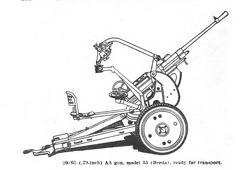 20-65 Anti Aircraft gun, ready for transport
20-65 Anti Aircraft gun, ready for transport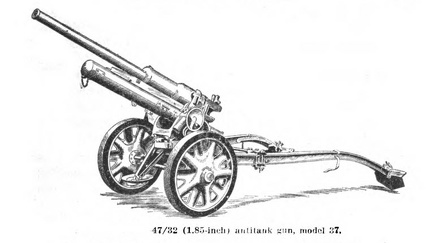 47-32 antitank gun, model 37
47-32 antitank gun, model 37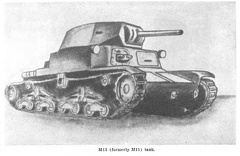 M13 (formerly M11) tank
M13 (formerly M11) tank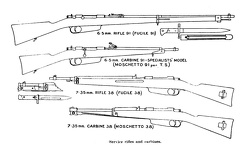 Service rifles and carbines
Service rifles and carbines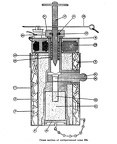 Cross section of antipersonnel mine B4
Cross section of antipersonnel mine B4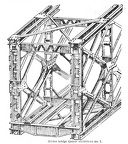 Girder bridge No. 1
Girder bridge No. 1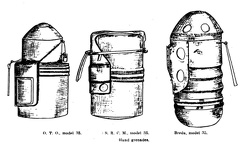 Hand grenades
Hand grenades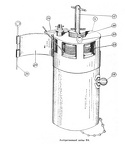 Antipersonnel mine B4
Antipersonnel mine B4 Brigadier General
Brigadier General Type O.G.M. rotary telephone switchboard
Type O.G.M. rotary telephone switchboard Lietenant Colonel, Cavalry
Lietenant Colonel, Cavalry Marshall, old-style coat
Marshall, old-style coat Second Lietenant Infantry
Second Lietenant Infantry Sergeant-major, new-style coat
Sergeant-major, new-style coat Protective Suit
Protective Suit Summer Uniform, Private, infantry
Summer Uniform, Private, infantry Uniform of tank crews
Uniform of tank crews Giovanni Boccaccio
Giovanni Boccaccio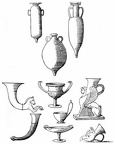 Amphoræ, Rhytons, etc.
Amphoræ, Rhytons, etc.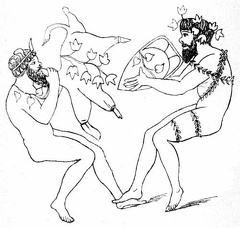 Etruscan mode of drinking
Etruscan mode of drinking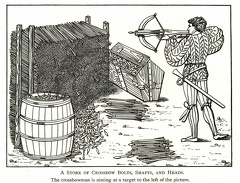 A store of crossbow bolts, shafts and heads
A store of crossbow bolts, shafts and heads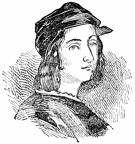 Raffaelle
Raffaelle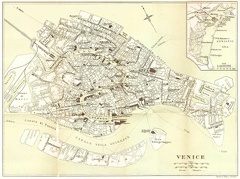 Venice in the Sixteenth Century
Venice in the Sixteenth Century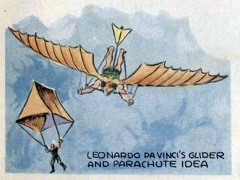 Leonardo da Vinci's Glider and Parachute Idea
Leonardo da Vinci's Glider and Parachute Idea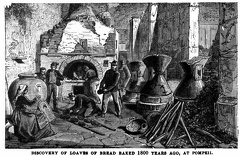 Discovery of loaves of bread baked 1800 years ago, at Pompeii
Discovery of loaves of bread baked 1800 years ago, at Pompeii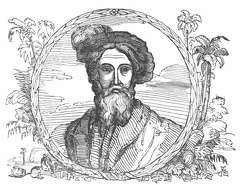 Columbus
Columbus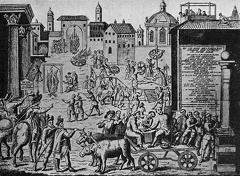 A medieval method of combating the plague. The persecution of the anointers in Milan in 1630
A medieval method of combating the plague. The persecution of the anointers in Milan in 1630 Italian Child
Italian Child Principle of the parachute, drawing by Leonardo da Vinci
Principle of the parachute, drawing by Leonardo da Vinci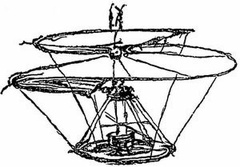 Principle of the helicopter, drawing by Leonardo da Vinci
Principle of the helicopter, drawing by Leonardo da Vinci Facsimile of Leonardo da Vinci's drawings on artificial wings
Facsimile of Leonardo da Vinci's drawings on artificial wings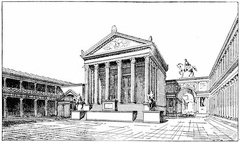 North end of the Forum, with the Temple of Jupiter
North end of the Forum, with the Temple of Jupiter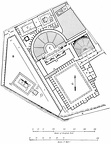 The Forum Triangulare, with Adjacent Buildings
The Forum Triangulare, with Adjacent Buildings The Villa Rustica near Boscoreale
The Villa Rustica near Boscoreale The Forum with the Adjoining Buildings
The Forum with the Adjoining Buildings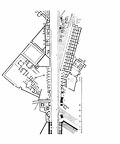 The Street of Tombs
The Street of Tombs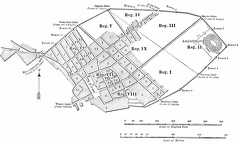 Outline plan of Pompeii
Outline plan of Pompeii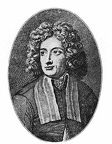 Corelli
Corelli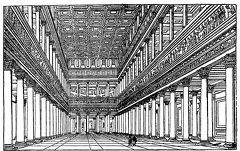 Trajans Basilica
Trajans Basilica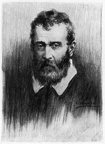 Marco Polo
Marco Polo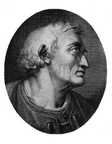 Amerigo Vespucci
Amerigo Vespucci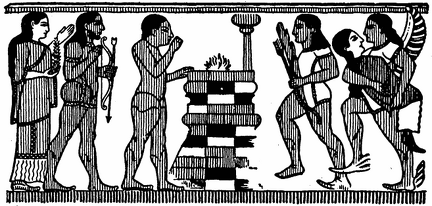 Burning the Dead - Etruscan Ceremony
Burning the Dead - Etruscan Ceremony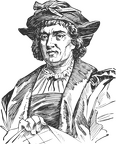 Christopher Columbus
Christopher Columbus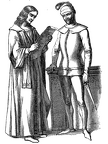 Italians of the 15th Century
Italians of the 15th Century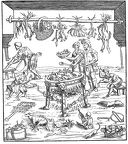 Italian Kitchen
Italian Kitchen Italian Jew
Italian Jew



